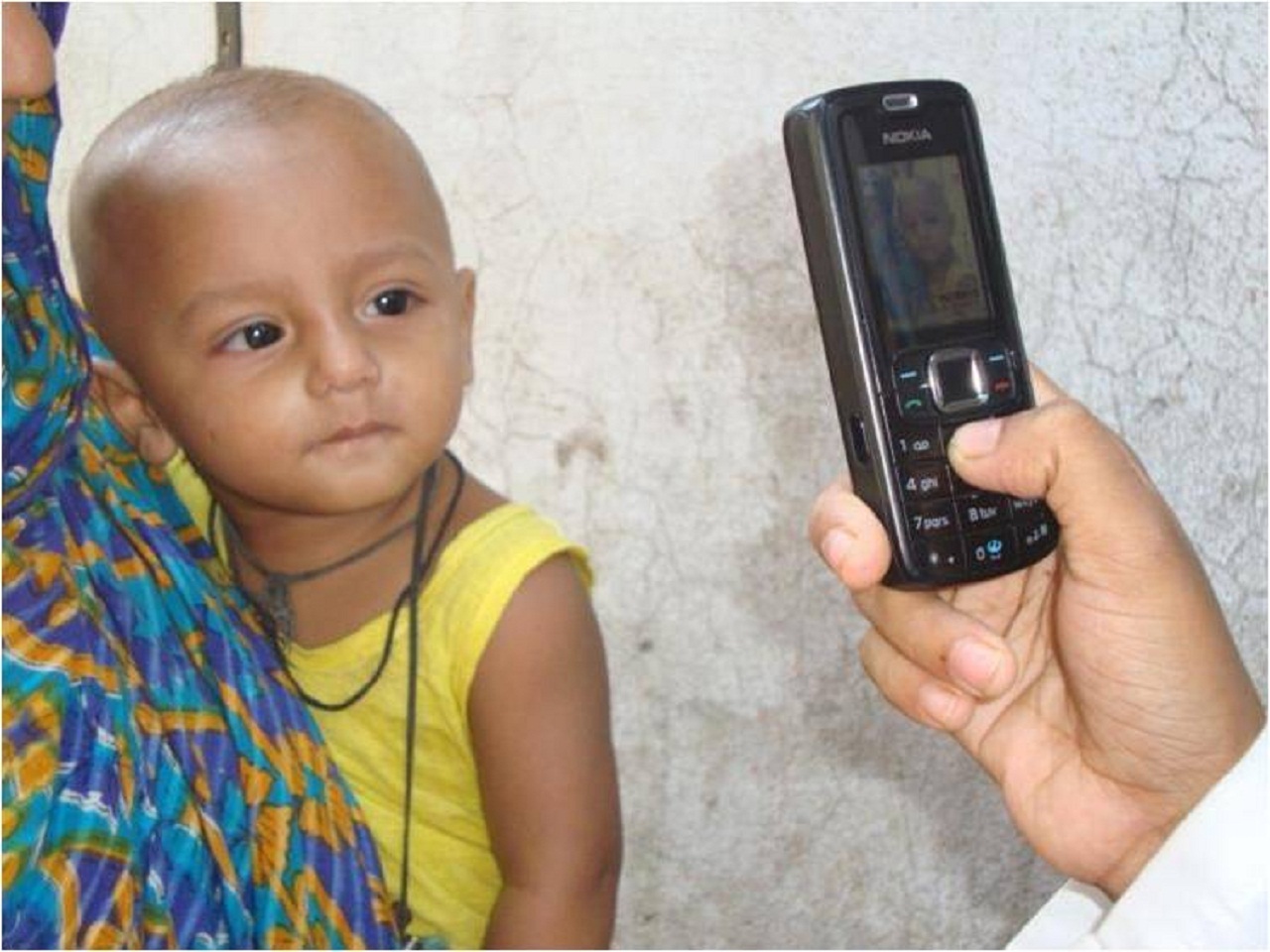November 29, 2011
Reading Time: 2 minutes
Initiated in January 2007, BRAC’s Manoshi programme was launched to reduce maternal, neonatal and child mortality rates in urban slums. It is one of the biggest interventions, with a strongly monitored and efficient health service delivery system.
 Initiated in January 2007, BRAC’s Manoshi programme was launched to reduce maternal, neonatal and child mortality rates in urban slums. It is one of the biggest interventions, with a strongly monitored and efficient health service delivery system. Approximately 8,000 community health workers are providing maternal, neonatal and child health services at the doorstep, providing supportive skilled birth attendance and arranging timely referral of complications to hospitals. Nevertheless, there are still scopes for improvement in several key areas, including preventive care, emergency management and resource optimization.Considering the availability of telecommunication network and services in Bangladesh, BRAC along with ClickDiagnostics (a pioneering US-based m-Health company) has jointly designed a mobile health service model for Manoshi, with the aim to improve maternal, newborn and child health with enhanced efficiency and effectiveness. Addressing the issue of targeted preventive care, this mobile-based platform is used by the community health workers to collect data through a step-by-step decision tree (Bangla), eliminating unnecessary processes such as the need to decide when and which data to collect, and converting those into useful information.
Initiated in January 2007, BRAC’s Manoshi programme was launched to reduce maternal, neonatal and child mortality rates in urban slums. It is one of the biggest interventions, with a strongly monitored and efficient health service delivery system. Approximately 8,000 community health workers are providing maternal, neonatal and child health services at the doorstep, providing supportive skilled birth attendance and arranging timely referral of complications to hospitals. Nevertheless, there are still scopes for improvement in several key areas, including preventive care, emergency management and resource optimization.Considering the availability of telecommunication network and services in Bangladesh, BRAC along with ClickDiagnostics (a pioneering US-based m-Health company) has jointly designed a mobile health service model for Manoshi, with the aim to improve maternal, newborn and child health with enhanced efficiency and effectiveness. Addressing the issue of targeted preventive care, this mobile-based platform is used by the community health workers to collect data through a step-by-step decision tree (Bangla), eliminating unnecessary processes such as the need to decide when and which data to collect, and converting those into useful information. Ensuring real time electronic patient record generation and transmission through General Packet Radio Services (GPRS – a packet-based wireless communication service), automated medical response and automatic risk categorization and assessment, targeted and prioritized medical response, scheduling work, referral monitoring and real time work alerts are key features which make m-Health a more efficient service.In this automated system, emergency management is driven centrally by a hotline centre with an easy-to-remember short-code, ensuring single point contact for all emergency cases. Once that is completed, arranging the ambulance and informing nearby hospitals can be done on time. Instant digitalization of all data entered using this system can enhance managerial functions automatically in a much easier and more efficient manner.In July 2009, a pilot mobile based data collection and service delivery system was developed for the health workers, which covered approximately 18,000 households and 2,000 pregnant women. The pilot provided evidences of a very user-friendly system, reduced data collection time and error in data recording, instantaneous reporting, and efficient program management through sophisticated supervision and monitoring.After the successful completion of the pilot and observation of the positive results, Manoshi is expanding the BRAC-Click m-Health model to all of the six city corporations. Concurrent with the deployment in the urban areas under Manoshi, the BRAC-Click m-Health model will also be replicated in the rural areas of BRAC Maternal Neonatal and Child Health Programme. It will be the first of its kind for any m-Health model in remote locations with widely dispersed and disadvantaged populations.
Ensuring real time electronic patient record generation and transmission through General Packet Radio Services (GPRS – a packet-based wireless communication service), automated medical response and automatic risk categorization and assessment, targeted and prioritized medical response, scheduling work, referral monitoring and real time work alerts are key features which make m-Health a more efficient service.In this automated system, emergency management is driven centrally by a hotline centre with an easy-to-remember short-code, ensuring single point contact for all emergency cases. Once that is completed, arranging the ambulance and informing nearby hospitals can be done on time. Instant digitalization of all data entered using this system can enhance managerial functions automatically in a much easier and more efficient manner.In July 2009, a pilot mobile based data collection and service delivery system was developed for the health workers, which covered approximately 18,000 households and 2,000 pregnant women. The pilot provided evidences of a very user-friendly system, reduced data collection time and error in data recording, instantaneous reporting, and efficient program management through sophisticated supervision and monitoring.After the successful completion of the pilot and observation of the positive results, Manoshi is expanding the BRAC-Click m-Health model to all of the six city corporations. Concurrent with the deployment in the urban areas under Manoshi, the BRAC-Click m-Health model will also be replicated in the rural areas of BRAC Maternal Neonatal and Child Health Programme. It will be the first of its kind for any m-Health model in remote locations with widely dispersed and disadvantaged populations.
Implementation of m-Health in this field is unique, as the first large scale deployment in the world. The incorporation and seamless integration of m-Health technologies in BRAC’s proven delivery model can present a novel scope for reducing maternal, newborn and child mortality in its vast coverage areas, and generate research based evidence on the success of m-Health services.





